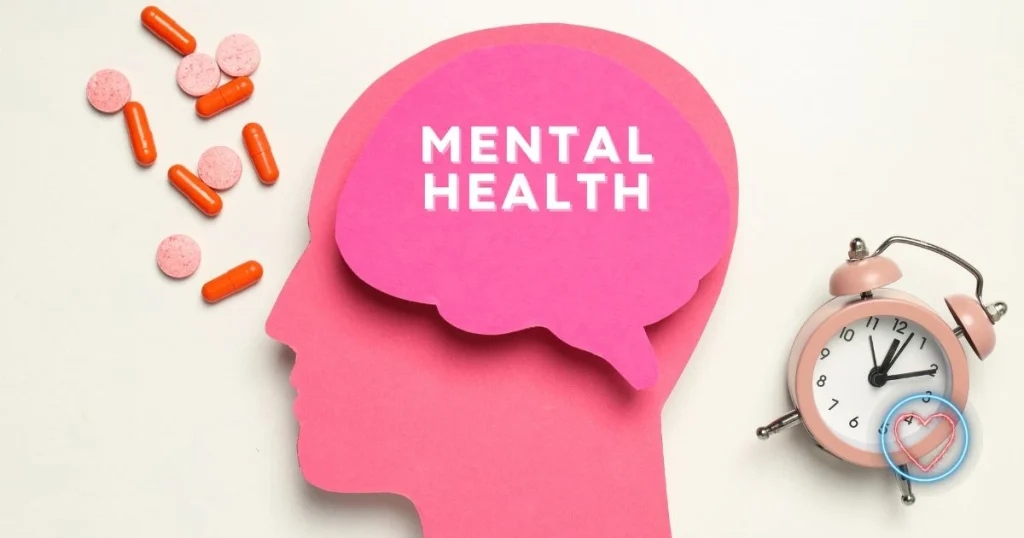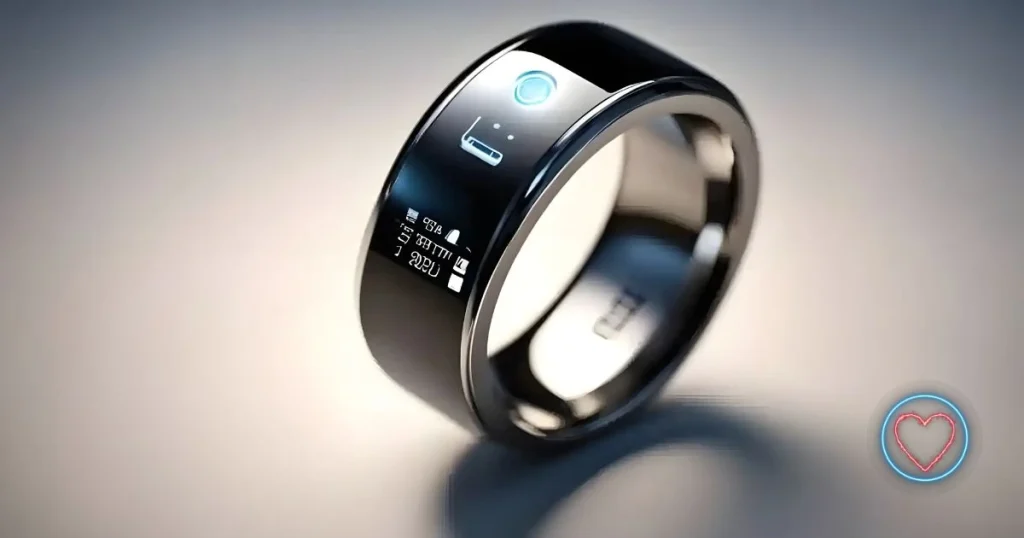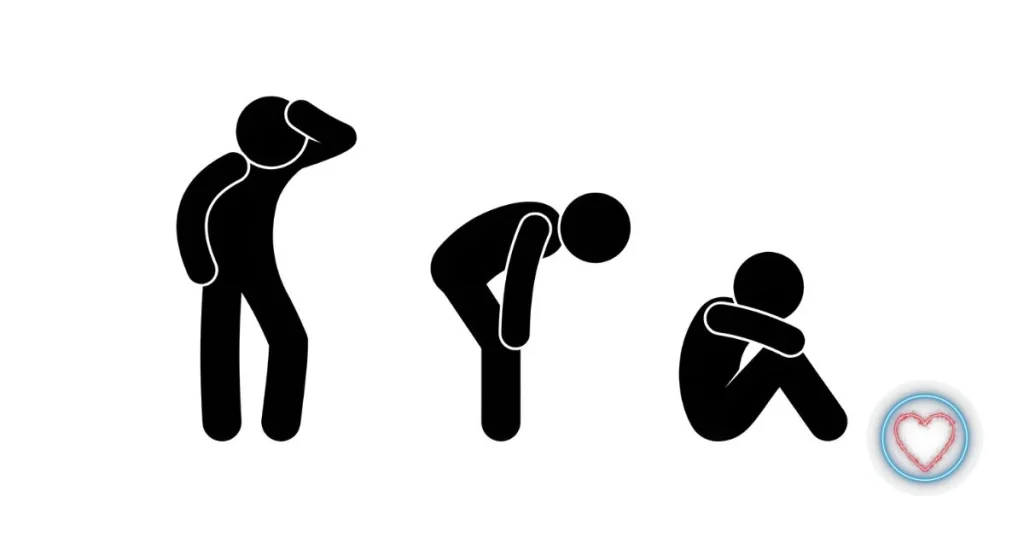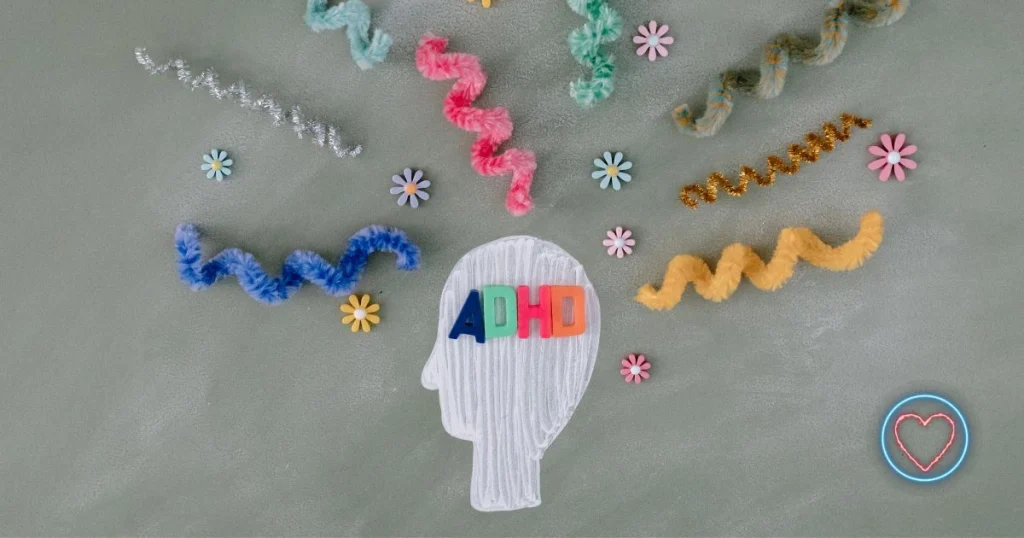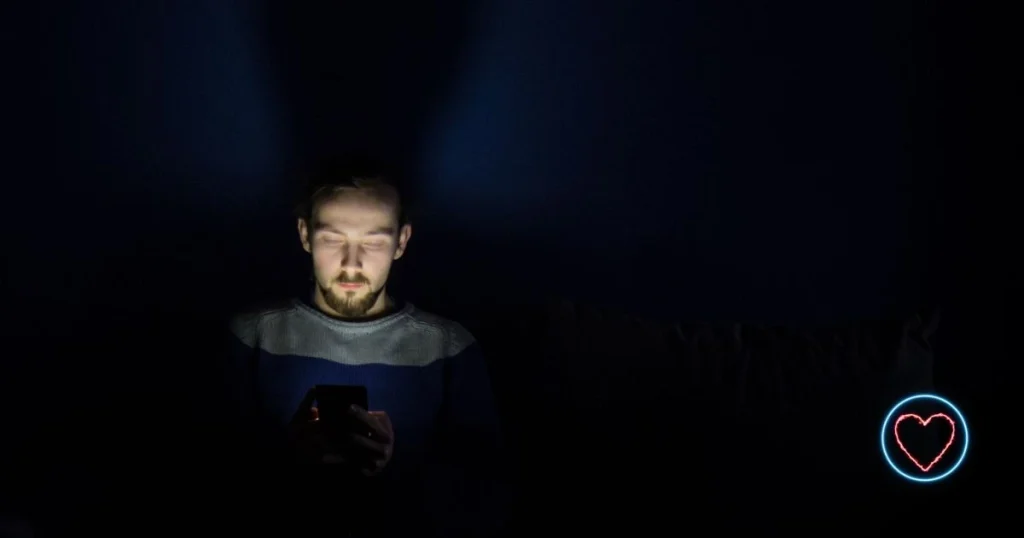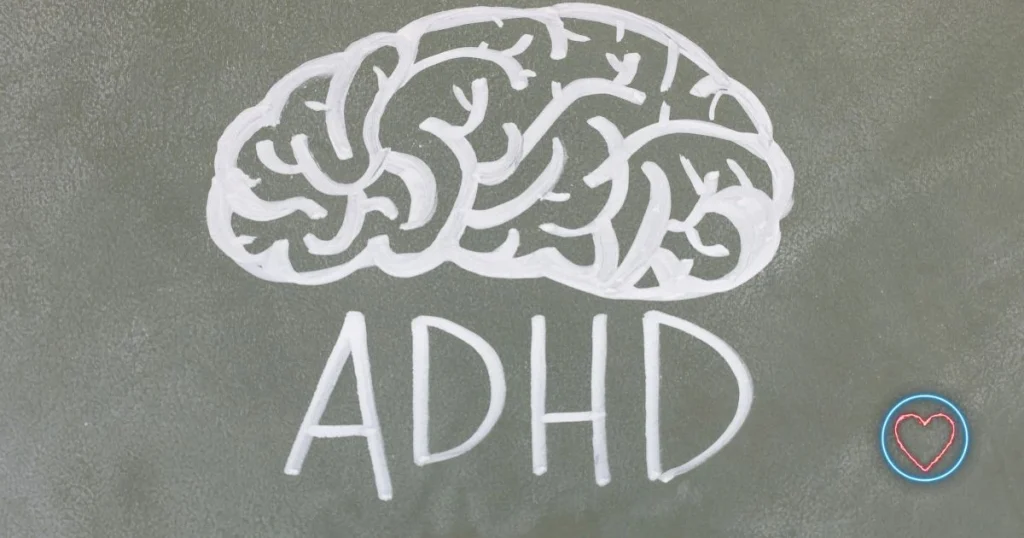In an era defined by smartphones, constant connectivity, and algorithm-driven social platforms, mental health has taken center stage as a public health concern. While digital technologies have provided tools for greater access to care, education, and community, they’ve also introduced a host of challenges that uniquely affect emotional and psychological well-being. As we navigate 2025, understanding the intersection between mental health and digital life has become essential—for individuals, families, organizations, and society as a whole.
The Double-Edged Sword of Digital Life
Digital technology has revolutionized nearly every aspect of our lives. We now have teletherapy, mental health apps, online support groups, and AI chatbots offering emotional support. These resources have helped reduce stigma, democratized access to care, and offered comfort to millions. However, this same digital ecosystem has given rise to new stressors: social comparison, cyberbullying, screen addiction, misinformation, and the erosion of work-life boundaries.
The irony is stark—while our devices keep us constantly connected, many people report feeling more isolated and emotionally overwhelmed than ever before.
The Impact of Social Media on Mental Health
1. Comparison Culture and Self-Esteem
Social media platforms like Instagram, TikTok, and Snapchat curate highlight reels of people’s lives. Users are constantly exposed to filtered perfection—lavish vacations, sculpted bodies, ideal relationships—creating unrealistic expectations. This constant comparison often leads to feelings of inadequacy, anxiety, and depression, particularly among teens and young adults.
Studies show that excessive social media use is correlated with higher rates of body image dissatisfaction, loneliness, and lower self-esteem. The pressure to perform online, gather likes, or go viral can intensify these effects, making validation seem conditional on digital approval.
2. Cyberbullying and Digital Harassment
Unlike traditional bullying, cyberbullying can follow individuals 24/7, infiltrating their homes and private lives. Victims may receive anonymous threats, experience character attacks, or be publicly shamed—all of which can lead to heightened stress, depression, and even suicidal ideation.
Despite platform moderation policies, the scale and anonymity of the internet make it challenging to control toxic behavior effectively.
3. FOMO and the Fear of Being Left Out
The Fear of Missing Out (FOMO) is another digital age phenomenon. When people constantly see others engaging in exciting activities, even if they are mundane in reality, they may feel excluded or dissatisfied with their own lives. FOMO has been linked to increased anxiety, disrupted sleep, and compulsive device-checking.
Screen Time, Sleep, and Cognitive Overload
1. Sleep Disruption and Blue Light Exposure
Late-night scrolling or binge-watching can significantly interfere with sleep patterns. Blue light emitted by screens suppresses melatonin production, delaying the natural sleep cycle. Lack of sleep, in turn, worsens anxiety, irritability, and attention span—contributing to a vicious cycle of emotional imbalance.
2. Digital Fatigue and Attention Fragmentation
Constant exposure to notifications, pop-ups, and multitasking tools has rewired our brains for rapid task-switching at the expense of sustained focus. This cognitive fragmentation leads to “digital fatigue”—a sense of burnout from over-engagement with screens and online information.
Digital fatigue is not just physical; it affects mental clarity, motivation, and emotional resilience.
Work, Boundaries, and the “Always-On” Culture
1. Remote Work and Blurred Boundaries
The COVID-19 pandemic accelerated the rise of remote work. While flexible schedules and reduced commutes offer benefits, they have also eroded clear boundaries between professional and personal life. Many workers report difficulty “unplugging,” leading to overwork, burnout, and chronic stress.
Emails at midnight, Slack messages on weekends, and the expectation of instant responses have normalized an always-on culture that undermines psychological rest.
2. Digital Surveillance and Workplace Anxiety
Modern productivity software can track keystrokes, monitor activity levels, and even analyze facial expressions during meetings. Though intended to boost efficiency, this form of digital surveillance can erode trust and amplify anxiety—especially for employees who already feel pressure to perform.
The Role of AI and Mental Health Apps
1. Teletherapy and AI Companions
One of the most significant advantages of the digital age is increased access to mental health services. Platforms like BetterHelp, Talkspace, and AI-powered chatbots like Wysa and Woebot offer support on-demand, often at a lower cost than traditional therapy.
These tools are especially valuable in regions with therapist shortages, or for individuals hesitant to pursue in-person care.
2. Risks of Over-Reliance
However, mental health apps should not be seen as a replacement for professional care. Algorithmic limitations, lack of personalization, and potential data privacy issues are critical concerns. There’s also the risk of self-diagnosis or delayed medical treatment when people rely too heavily on digital tools.
Youth and Mental Health: A Growing Concern
1. Teens and Digital Identity
Today’s youth are digital natives. Many have never known a world without smartphones or social media. This constant connectivity can complicate identity formation, increase exposure to peer judgment, and reduce real-world social skills.
Rates of depression, anxiety, and suicidal ideation among teens have been rising for over a decade, with some studies pointing to heavy social media use as a contributing factor.
2. The Need for Digital Literacy in Schools
To protect young people, digital literacy must become a core part of education. Students should be taught how to:
- Recognize manipulation in algorithms
- Understand how online behavior affects mental health
- Practice mindful screen use
- Navigate cyberbullying and peer pressure
Education can empower the next generation to build healthier relationships with technology.
Building Digital Resilience
1. Mindful Tech Use
Mindfulness doesn’t mean rejecting technology—it means using it with awareness. Strategies like scheduled screen breaks, disabling push notifications, and setting digital curfews can help create healthier habits.
Apps that encourage mindfulness, meditation, and gratitude can balance digital consumption with mental restoration.
2. Establishing Digital Boundaries
Creating tech-free zones (like bedrooms and dining tables), limiting app use to certain hours, and designating time for offline hobbies are essential for mental balance.
Workplaces can also help by normalizing “right to disconnect” policies and promoting asynchronous communication.
Opportunities for Positive Change
1. Technology as a Force for Good
While digital platforms have their downsides, they also offer incredible potential for fostering community, education, and support. From crisis text lines and virtual group therapy to YouTube channels destigmatizing mental illness, technology can be a powerful ally when used responsibly.
2. Policy and Innovation
Policymakers and tech companies must take responsibility for designing healthier digital ecosystems. This includes:
- Stricter regulations on data use
- More transparent content algorithms
- Features that promote well-being over engagement
- Mental health integration in product design
Conclusion: Reclaiming Well-Being in a Wired World
Mental health in the digital age is a nuanced subject—it involves both tremendous promise and significant peril. As individuals, we must cultivate digital habits that support our emotional well-being. As a society, we must push for structural changes that prioritize human values over profit-driven engagement.
In the end, mental health isn’t about abandoning technology—it’s about taking back control. With conscious effort, informed choices, and community support, we can harness digital tools to enrich rather than diminish our mental well-being.
